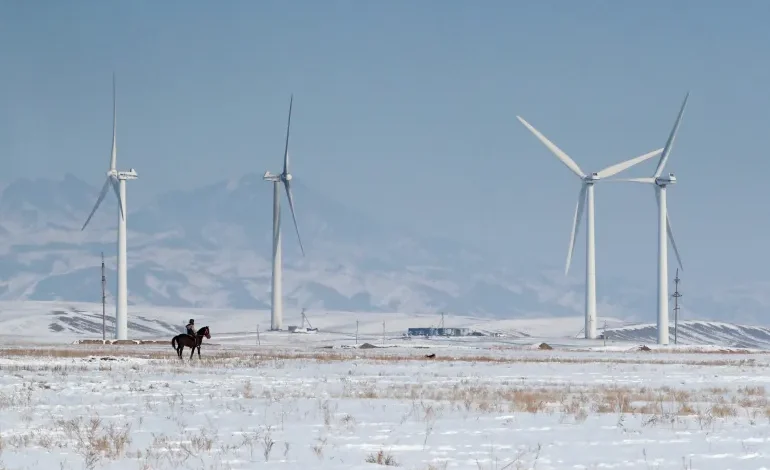A new report from global energy think tank Ember reveals that, for the first time since World War II, over 40 percent of the world’s electricity was generated from clean energy sources in 2024, Al Jazeera reports.
This milestone is largely attributed to the remarkable growth in solar power generation, which has doubled every three years since 2012, according to the report released Tuesday.
Including nuclear power, hydroelectricity, and the increasing adoption of wind power, low-emissions electricity generation has now reached 40.9 percent globally.
Despite this significant progress, clean electricity is barely keeping pace with surging new demand, meaning it has not yet cut into fossil fuels’ share of the electricity market to reduce greenhouse gas emissions.
Ember had initially anticipated that 2024 would mark the beginning of a decades-long decline in fossil fuels’ share of electricity generation, projecting a 2 percent drop. However, record global temperatures and heatwaves last year spurred a 4 percent increase in electricity consumption due to increased cooling demands, disrupting this projection.
While fossil energy sources also grew by 245 terawatt-hours (TWh), renewables saw a record surge of 927TWh, outpacing fossil fuels and limiting their growth potential.
Ember remains confident that renewables and other clean energy sources will ultimately surpass rising demand driven by higher temperatures, data centers, artificial intelligence, electric vehicles, and other electricity-intensive sectors.
The report highlighted a distinct divergence between the United States and China, the world’s two largest economies.
In contrast, the US was the world’s largest producer of electricity from gas, accounting for half of all global growth in gas-fired electricity production. At 1,865TWh, US electricity from gas was more than three times larger than Russia’s, which remained in second place at 538TWh. Across the European Union, gas-fired electricity generation was down by 26TWh, falling for the fifth year in a row.
Ember’s findings align with those of the International Energy Agency (IEA), which recently reported that renewables now account for a record 38 percent of all energy consumption, including electricity, transport, and heating.
To limit global warming to 1.5C, the IEA has outlined key steps that must be taken by 2030: tripling installed renewable power capacity, doubling energy efficiency each year, reducing energy sector methane emissions by 75 percent, and significantly increasing sales of electric cars and heat pumps.









The latest news in your social feeds
Subscribe to our social media platforms to stay tuned